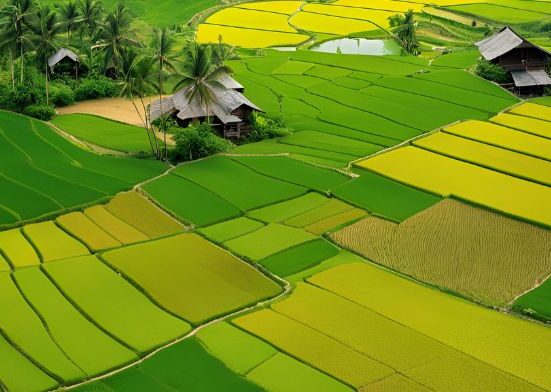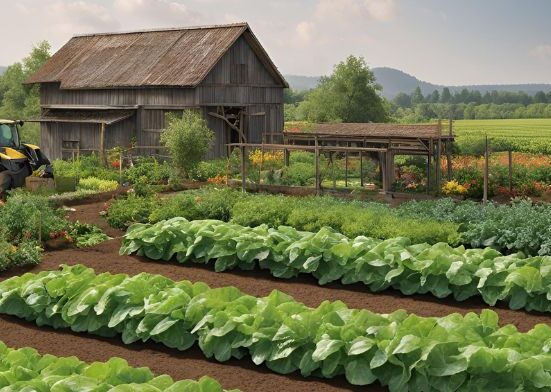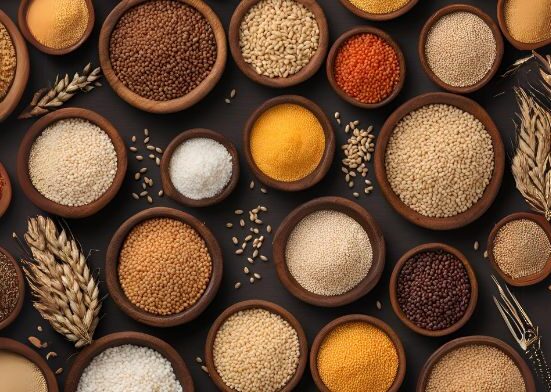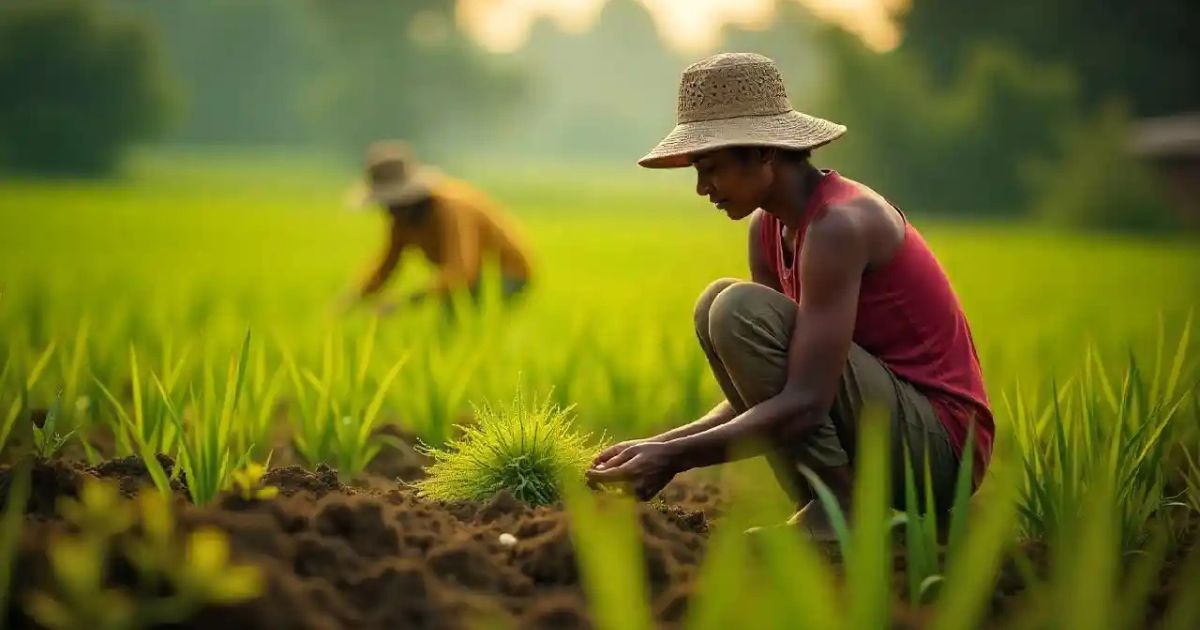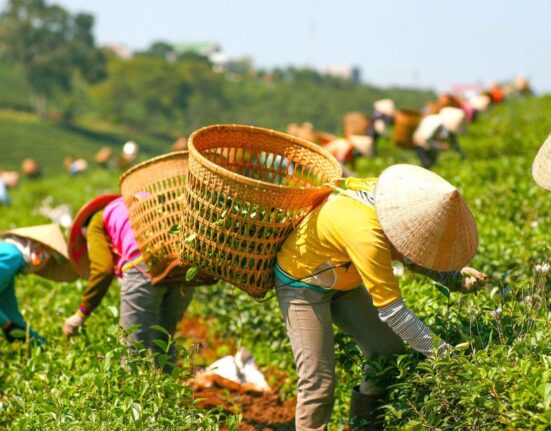Agriculture has been the backbone of human civilization for thousands of years. From the earliest days when people learned to cultivate crops and domesticate animals, farming became more than a way to feed communities—it became a way of life. While modern agriculture often focuses on producing crops for commercial markets and large-scale trade, many communities across the world still rely on a traditional system called subsistence agriculture.
Subsistence agriculture is one of the oldest and most essential forms of farming. Its primary purpose is simple: to grow enough food to feed a family or small community, rather than for profit or trade. In many rural areas of Asia, Africa, and Latin America, subsistence farming remains a vital means of sustaining households. In this article, we’ll explore the meaning of subsistence agriculture, its characteristics, different types, advantages, limitations, and why it remains relevant today—even in a world of large-scale mechanized farming.
What Is Subsistence Agriculture?
Subsistence agriculture refers to a self-sufficient farming system where farmers grow crops and raise animals primarily to meet the food and survival needs of their families. Unlike commercial farming, where crops are cultivated in bulk to sell in markets for profit, subsistence farming is not profit-driven. Instead, it ensures that a household has enough to eat throughout the year, with little to no subsistence farm household surplus.
For example, a subsistence farmer may grow rice, wheat, or maize along with vegetables, and also keep a few chickens or goats. The farmer’s family consumes the food, and if there is any surplus, it may be traded locally in exchange for other subsistence farming means essentials. This form of farming is prevalent in developing countries where farming families may lack access to modern tools, fertilizers, or irrigation systems.
Historical Background
Subsistence agriculture dates back to the earliest days of human civilization. Around 10,000 years ago, during the Neolithic Revolution, humans began shifting from hunting and gathering to settled farming communities. The earliest forms of farming were entirely subsistence-based, with families growing crops like wheat, barley, millet, and rice, alongside raising livestock for food, clothing, and subsistence crop labor.
Over time, as civilizations expanded and trade networks grew, some farming became more commercial. However, in rural regions with little access to markets, technology, or infrastructure, subsistence farming persisted. In fact, for much of human history, subsistence agriculture was the dominant form of farming, and even today, it remains vital for the survival of millions of families around the globe.
Characteristics of Subsistence Agriculture
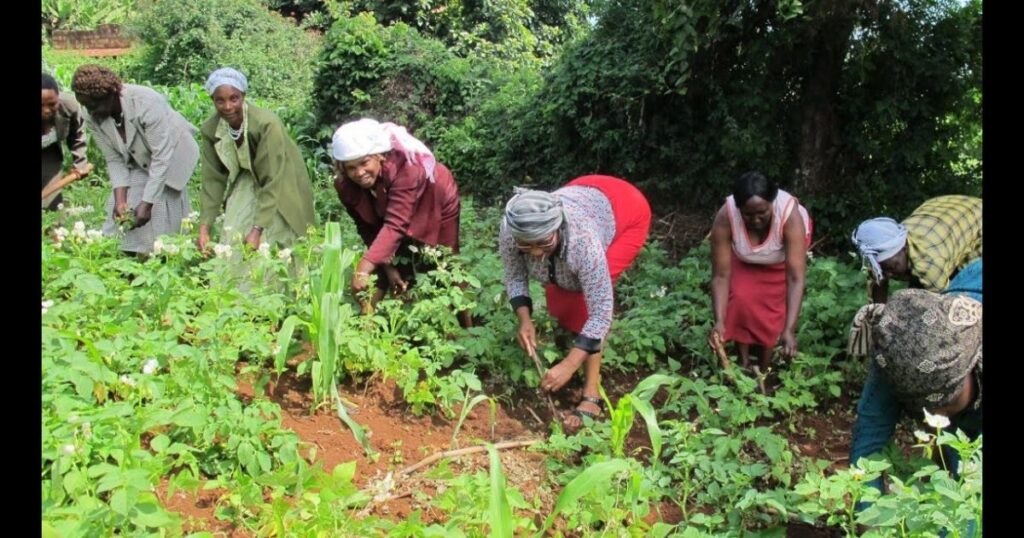 Subsistence agriculture is a traditional farming system where farmers primarily grow crops and raise livestock to meet their family’s food and survival needs rather than for commercial sale. It is usually practiced on small landholdings with simple tools and minimal technology. The main characteristics include reliance on family labor, low productivity, and diverse crop cultivation to ensure food security.
Subsistence agriculture is a traditional farming system where farmers primarily grow crops and raise livestock to meet their family’s food and survival needs rather than for commercial sale. It is usually practiced on small landholdings with simple tools and minimal technology. The main characteristics include reliance on family labor, low productivity, and diverse crop cultivation to ensure food security.
Farming methods are often traditional, with dependence on rainfall and natural soil fertility instead of modern irrigation or fertilizers. Surpluses, if any, are minimal and used for local trade or barter. This type of agriculture is common in rural and developing regions, emphasizing self-sufficiency, sustainability, and direct dependence on natural resources for livelihood.
Small Land Holdings
Small land holdings refer to parcels of agricultural or residential land that are limited in size, often owned or managed by individual families or small-scale farmers. These holdings typically range from a fraction of a hectare to a few hectares, depending on regional land distribution patterns. Small land holdings play a crucial role in local food production, supporting subsistence farming and contributing to rural livelihoods. Despite their limited size, effective management and modern techniques can enhance productivity and sustainability. They often face challenges like fragmented plots, limited resources, and market access, yet remain vital for community resilience and economic subsistence farming meaning stability.
Traditional Tools
Traditional tools are time-honored implements designed for manual work, reflecting centuries of craftsmanship and cultural heritage. From wooden plows and hand-forged hammers to simple sickles and chisels, these tools rely on human skill rather than modern machinery. They embody durability, practicality, and a connection to the natural materials from which they are made. Often passed down through generations, traditional tools have played a vital role in agriculture, woodworking, and daily household tasks. Beyond their functional value, they carry historical and cultural significance, offering a glimpse into the ingenuity and resourcefulness of past societies.
Family Labor
Family Labor refers to the involvement of family members in the work and management of a household, farm, or family-owned business. It emphasizes the collective contribution of parents, children, and sometimes extended relatives, where each member plays a role in daily tasks, production, and decision-making. In agricultural contexts, family labor is crucial for planting, harvesting, and maintaining livestock, often reducing the need for hired workers. Beyond economics, it fosters cooperation, shared responsibility, and skill transfer among generations. While highly valuable, reliance on family labor can also pose challenges, such as overwork, limited education opportunities, or income what is subsistence farming constraints.
Diverse Cropping
Diverse cropping is an agricultural practice that involves growing a variety of crops on the same land, either simultaneously or in rotation, to maximize productivity, enhance soil health, and reduce risks from pests and diseases. By cultivating multiple crop types, farmers can ensure a more stable income and food supply, even when market conditions or weather patterns fluctuate. This method promotes biodiversity, improves nutrient cycling, and minimizes the reliance on chemical inputs. Diverse cropping not only supports sustainable farming but also contributes to environmental resilience, making it an effective strategy for long-term agricultural sustainability and ecological balance.
Low Yield
Low Yield refers to a situation where the output or production of a crop, investment, or resource is significantly below expected levels. In agriculture, it indicates that plants produce fewer fruits, grains, or vegetables than anticipated, often due to poor soil quality, insufficient water, pests, disease, or adverse weather conditions. In finance, a low-yield investment provides minimal returns compared to alternatives.
While low Yield can signal inefficiency or risk, it also encourages strategies for improvement, such as better resource management, advanced techniques, or diversification. Understanding low Yield is crucial for optimizing productivity and achieving sustainable results in farming, finance, or other subsistence farming examples industries.
Types of Subsistence Agriculture
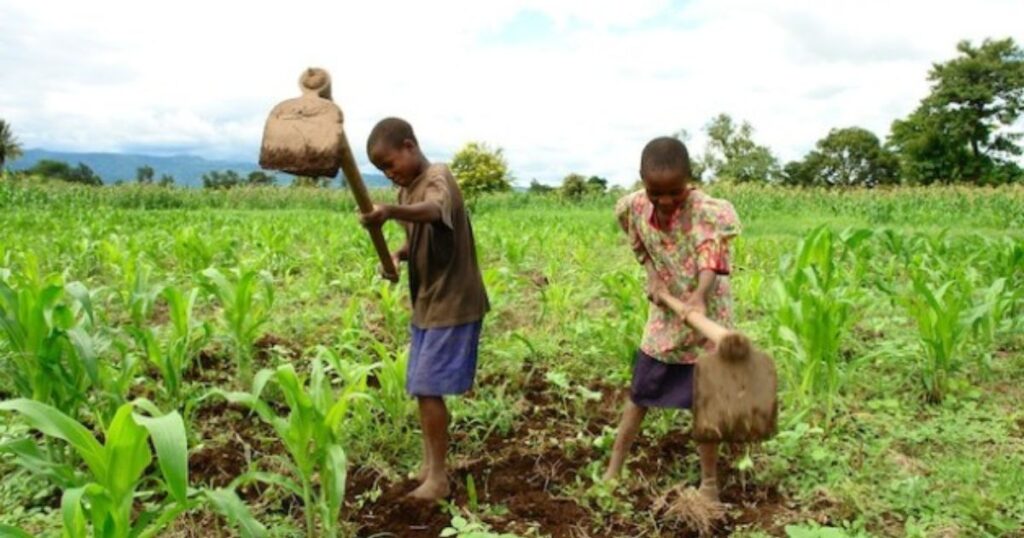 Subsistence agriculture refers to farming practices focused on producing enough food to meet the needs of a farmer’s family, with little surplus for trade. Several types of subsistence farming exist, shaped by geography, climate, and tradition. Shifting cultivation involves clearing forest land, growing crops for a few years, and then moving to new land once soil fertility declines.
Subsistence agriculture refers to farming practices focused on producing enough food to meet the needs of a farmer’s family, with little surplus for trade. Several types of subsistence farming exist, shaped by geography, climate, and tradition. Shifting cultivation involves clearing forest land, growing crops for a few years, and then moving to new land once soil fertility declines.
Pastoral nomadism relies on the movement of herders and livestock in search of grazing land and water. Intensive subsistence farming uses small plots of land with high labor input, often seen in Asia for rice and other staples. Mixed subsistence farming combines crops and livestock to support family needs. Each type reflects adaptation to local resources and environments.
Shifting Cultivation (Slash-and-Burn Farming)
Shifting cultivation, also known as slash-and-burn farming, is a traditional agricultural method practiced in many tropical regions. Farmers clear a patch of forest by cutting and burning vegetation, using the ash to enrich the soil with nutrients. Crops are cultivated for a few years until soil fertility declines, after which the land is left fallow to regenerate while the farmers move to a new area naturally. This method supports subsistence farming and allows local communities to grow food in nutrient-poor soils. However, if practiced unsustainably, it can lead to deforestation, soil erosion, and biodiversity meaning subsistence farming loss.
Pastoral Nomadism
Pastoral nomadism is a traditional form of agriculture in which communities rely on domesticated livestock, such as sheep, goats, cattle, or camels, for their livelihood. Unlike settled farming, pastoral nomads move cyclically or seasonally across grasslands and arid regions to access fresh pastures and water sources. This lifestyle adapts to harsh environments, including deserts and steppes, where crop cultivation is difficult. Pastoral nomadism fosters strong community bonds, traditional knowledge, and sustainable use of natural resources. Despite modern pressures and urbanization, it remains vital in many regions for food, trade, and cultural heritage, reflecting a resilient and mobile way of life.
Intensive Subsistence Farming
Intensive subsistence farming is an agricultural practice where farmers cultivate small plots of land using high labor input to produce enough food primarily for their family’s consumption. This method focuses on maximizing crop yield through techniques like crop rotation, intercropping, and the use of organic fertilizers. Often found in densely populated regions of Asia, it relies heavily on manual labor rather than machinery. Farmers grow staples such as rice, wheat, or vegetables, aiming for efficiency and sustainability. While yields per hectare can be high, profit margins are minimal, and the system leaves little surplus for sale in markets.
Crops Grown in Subsistence Agriculture
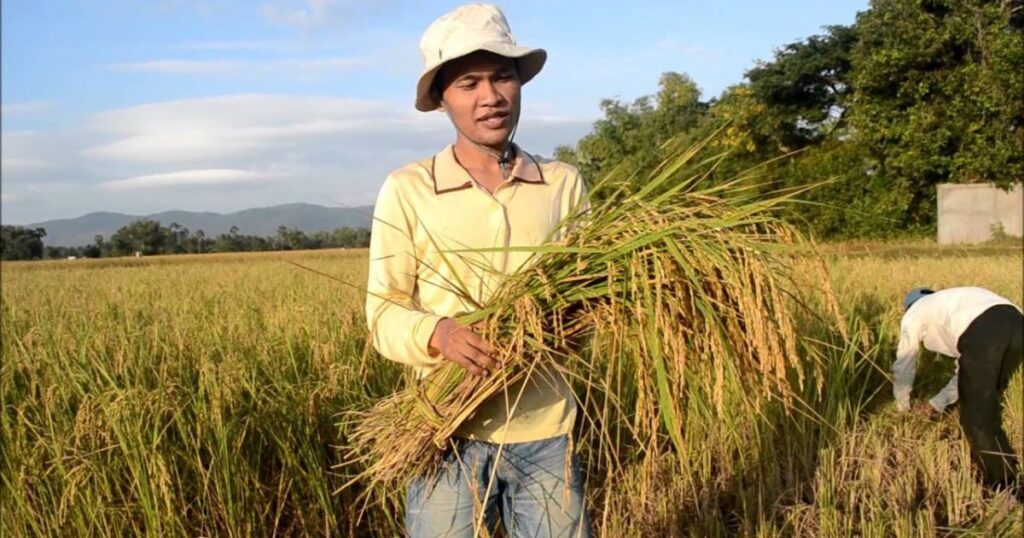 Subsistence agriculture focuses on growing crops primarily to meet the food needs of the farmer’s family rather than for commercial sale. Typical crops include staples such as rice, wheat, maize, and millet, which provide essential calories and nutrition. Farmers often cultivate vegetables, legumes, and fruits to ensure a balanced diet, while root crops like potatoes, yams, and cassava are grown for their energy-rich content. Local climate, soil conditions, and seasonal cycles usually determine crop choices.
Subsistence agriculture focuses on growing crops primarily to meet the food needs of the farmer’s family rather than for commercial sale. Typical crops include staples such as rice, wheat, maize, and millet, which provide essential calories and nutrition. Farmers often cultivate vegetables, legumes, and fruits to ensure a balanced diet, while root crops like potatoes, yams, and cassava are grown for their energy-rich content. Local climate, soil conditions, and seasonal cycles usually determine crop choices.
Intercropping and mixed farming are standard practices, allowing multiple crops to thrive together, reducing risk, and maximizing land use. Overall, these crops sustain households, support food security, and reflect traditional farming knowledge passed through generations.
Tools and Methods Used in Subsistence Farming
Subsistence farming relies on simple tools and traditional methods to meet the basic needs of families. Farmers often use hand-held implements such as hoes, sickles, spades, and plows, sometimes drawn by animals, to cultivate small plots of land. Techniques like crop rotation, intercropping, and organic fertilization help maintain soil fertility and reduce pest problems naturally. Irrigation is often minimal, relying on rainfall or small-scale water channels. Seeds are typically saved from previous harvests, emphasizing sustainability over high Yield. Labor-intensive yet resourceful, these practices allow farmers to grow staple crops like maize, rice, wheat, and vegetables efficiently, ensuring food security for the household while preserving the land for future cultivation.
Subsistence agriculture is the practice of growing crops and raising livestock primarily to meet the food and survival needs of a farmer’s family rather than for commercial profit. Its importance lies in ensuring food security for rural households, particularly in developing regions where access to markets and resources is limited. By relying on traditional farming techniques, families can sustain themselves with fresh, locally grown produce while maintaining cultural and agricultural knowledge passed through generations. Subsistence agriculture also supports community stability by reducing dependency on external food supplies and fostering self-reliance. Moreover, it contributes to environmental stewardship through small-scale, low-impact farming practices, preserving soil fertility and biodiversity essential for long-term sustainability.
Food Security for Families
Food security for families means having reliable subsistence crops examples access to sufficient, safe, and nutritious food to maintain a healthy and active life. It goes beyond simply having enough to eat—it ensures that families can consistently obtain balanced meals that meet dietary needs. Achieving food security involves sustainable agriculture, proper storage, and equitable distribution, while also considering economic stability and social support. When families are food secure, children thrive, adults remain productive, and communities thrive. Promoting food security strengthens resilience against hunger, poverty, and malnutrition, empowering families to live with dignity, stability, and long-term well-being.
Preservation of Traditional Knowledge
Preservation of traditional knowledge is the practice of safeguarding the wisdom, skills, and cultural practices passed down through generations. It encompasses indigenous medicine, agricultural methods, crafts, folklore, and oral histories that define community identities. Protecting this knowledge helps maintain cultural diversity, promotes sustainable living, and strengthens social cohesion.
Modernization, globalization, and environmental changes threaten these practices, making documentation, education, and community engagement essential. By valuing and transmitting traditional knowledge, societies can honor ancestral heritage, inspire innovation rooted in local contexts, and ensure that future generations benefit from the rich insights and practices developed over centuries.
Sustainable in Low-Resource Settings
“Sustainable in Low-Resource Settings” highlights solutions, practices, and technologies designed to thrive where resources are limited. It emphasizes efficiency, affordability, and adaptability, ensuring communities can maintain essential services, agriculture, energy, or health systems without heavy reliance on external inputs.
By focusing on local materials, renewable energy, and resilient methods, these approaches reduce environmental impact while fostering self-sufficiency. They empower communities to meet their needs sustainably, even under economic or infrastructural constraints. Ideal for development projects, educational programs, and policy initiatives, this concept bridges innovation with practicality, promoting long-term sustainability and resilience in challenging subsistence crops environments.
Support for Rural Livelihoods
Support for Rural Livelihoods” focuses on empowering rural communities by enhancing income sources, agricultural practices, and access to essential resources. It encompasses initiatives like skill development, sustainable farming techniques, microfinance, and market linkages that help families improve their quality of life. By promoting education, health services, and community-led projects, these programs aim to reduce poverty and create long-term resilience. Supporting rural livelihoods not only strengthens local economies but also preserves cultural traditions and environmental sustainability. Through targeted interventions, rural populations gain the tools, knowledge, and opportunities needed to thrive and achieve economic independence.
Diversity of Crops and Diets
“Diversity of Crops and Diets” highlights the what is a subsistence agriculture essential role of varied agriculture in sustaining human health and ecological balance. Cultivating a wide range of crops—from grains, fruits, and vegetables to legumes and nuts—not only enriches diets with vital nutrients but also enhances food security. Crop diversity supports soil health, reduces pest and disease risks, and promotes resilient farming systems. A diet derived from multiple crops provides essential vitamins, minerals, and proteins, helping prevent malnutrition and chronic diseases. Embracing crop and dietary diversity fosters sustainable agriculture, vibrant ecosystems, and healthier communities worldwide.
Challenges Faced by Subsistence Farmers
- Climate Change
- Unpredictable rainfall, droughts, and floods affect small farmers severely.
- Population Pressure
- As populations grow, land gets divided into smaller plots, making farming less viable.
- Soil Degradation
- Overuse of land without replenishment reduces fertility.
- Lack of Access to Modern Inputs
- Fertilizers, hybrid seeds, and machinery are often too costly for small farmers.
- Market Exclusion
- With little surplus, subsistence farmers are often cut off from larger agricultural markets.
- Poverty Cycle
- Limited production keeps families at a survival level, unable to save or invest in improvements.
Subsistence Agriculture vs. Commercial Agriculture
Subsistence agriculture and commercial agriculture represent two distinct farming approaches. Subsistence agriculture focuses on growing crops and raising livestock primarily for a farmer’s family, ensuring food security and survival with minimal surplus for trade. It relies on traditional methods, small-scale production, and local resources. In contrast, commercial agriculture aims for large-scale production, targeting national or international markets.
It involves modern techniques, mechanization, high-yield crop varieties, and significant investment to maximize profit. While subsistence farming prioritizes self-sufficiency and sustenance, commercial farming emphasizes efficiency, market demand, and revenue generation. Understanding the differences helps in analyzing economic development, food supply, and the sustainability of agricultural practices worldwide.
Examples from Around the World
- India & Bangladesh: Rice farming in small paddies with family labor.
- Ethiopia & Kenya: Maize and teff farming for household use.
- Peru & Bolivia: Potato cultivation in highlands for local consumption.
- Mongolia: Nomadic herding of livestock in grasslands.
These examples show how diverse subsistence farming is across climates and cultures.
The Future of Subsistence Agriculture
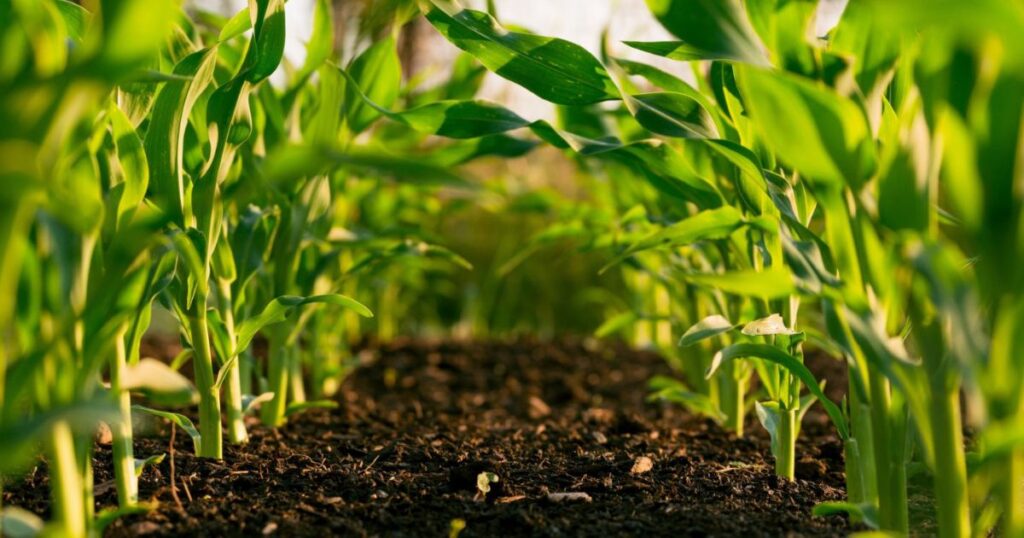 The Future of Subsistence Agriculture explores how traditional family-based farming is evolving in a rapidly changing world. While subsistence agriculture has long sustained communities by providing essential food for survival, modern challenges—climate change, population growth, and land degradation—demand innovative solutions. Emerging technologies, such as precision farming, low-cost irrigation, and resilient crop varieties, are being adapted to small-scale farms to increase yields without compromising sustainability.
The Future of Subsistence Agriculture explores how traditional family-based farming is evolving in a rapidly changing world. While subsistence agriculture has long sustained communities by providing essential food for survival, modern challenges—climate change, population growth, and land degradation—demand innovative solutions. Emerging technologies, such as precision farming, low-cost irrigation, and resilient crop varieties, are being adapted to small-scale farms to increase yields without compromising sustainability.
Additionally, community-led initiatives and knowledge sharing are empowering farmers to maintain self-sufficiency while integrating sustainable practices. This shift promises a future where subsistence agriculture not only continues to feed families but also contributes to environmental stewardship, economic resilience, and global food security.
Conclusion:
Subsistence agriculture is not just a farming describe subsistence farming method; it is a way of life for millions of families worldwide. Rooted in tradition, it provides food security, preserves cultural practices, and sustains rural livelihoods. Though it faces challenges such as low productivity, climate risks, and poverty cycles, it remains essential in many developing regions. While commercial farming dominates global markets, subsistence agriculture continues to remind us of the fundamental purpose of farming: to nourish and sustain human life. In a world of increasing uncertainty, the resilience and self-sufficiency of subsistence farmers offer valuable lessons in survival and sustainability.
FAQ:
What is Subsistence Agriculture?
Subsistence agriculture is a farming system in which farmers grow crops and raise livestock primarily to meet the needs of their own families. The main goal is survival rather than profit or large-scale commercial sale.
What Crops are typically grown in Subsistence Agriculture?
Typical crops include staples such as rice, maize (corn), wheat, potatoes, millet, sorghum, and vegetables. Farmers often grow a variety of crops to ensure food security throughout the year.
What Types of livestock are Raised?
Farmers usually keep small numbers of animals such as chickens, goats, sheep, pigs, and sometimes cows. Livestock provides food, labor, and sometimes income or trade opportunities.
Where is Subsistence Agriculture most Common?
It is most prevalent in developing countries, particularly in rural areas of Africa, Asia, and Latin America, where access to large markets and modern farming technology is limited.
How does Subsistence Agriculture differ from Commercial Agriculture?
Subsistence farming focuses on producing food for the farmer’s own family, with little surplus for sale. Commercial agriculture aims for large-scale production to sell in local, national, or international markets.



